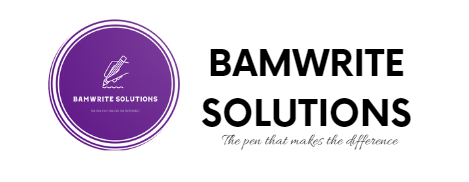
The Government of Switzerland is inviting applications for the 2026-27 Swiss Government Excellence Scholarship Program from interested international students.
The Swiss Government Scholarship offers a full scholarship opportunity and a living stipend of CHF 3’500 per month for successful applicants to pursue a Master’s or PhD degree in institutions situated in Switzerland.
In this post, we will discuss the details, requirements, benefits, and step-by-step application procedure for interested candidates.
Swiss Government Excellence Scholarship Summary
- Host: Swiss Government
- Study Abroad: Study in Europe
- Category: Postgraduate Scholarships | Masters Scholarships | PhD Scholarships
- Eligible Countries: All Countries
- Reward: Full Scholarship | CHF 3’500 Monthly Stipend
- Deadline: Varies by Country
- Scholarship Alerts: To receive Scholarship Alerts on WHATSAPP, CLICK HERE
Swiss Government Excellence Scholarship Details:
Each year the Swiss Confederation awards Government Excellence Scholarships to promote international exchange and research cooperation between Switzerland and over 180 other countries.
The Swiss Government Excellence Scholarship is for foreign scholars and artists to study in any of the ten Swiss Public Universities, the two Swiss Federal Institutes of Technology, the public teaching and research institutes, and the Universities of Applied Sciences.
The Swiss Government Excellence Scholarships are aimed at young researchers from abroad who have completed a master’s degree or PhD and at foreign artists holding a bachelor’s degree.
The Scholarship is of two types and candidates can apply for any of them
- Research Scholarships are awarded for research or study at all Swiss cantonal universities, universities of applied sciences and the two federal institutes of technology, as well as the four research institutes.
- Art scholarships are awarded for study at any Swiss conservatory or university of the arts. This scholarship is available to students from a limited number of countries only.
Swiss Government Scholarship 2026 Requirements:
To be considered for the Swiss Government Scholarship 2026, you must:
- Hold a university degree (Bachelors/Masters) on commencement of the scholarship
- Be able to demonstrate their academic abilities and what they aim to achieve
- Be under the age of 35 (born on or after 1 January 1990)
- Be suitably proficient in the language of instruction (French, German, Italian, or English)
- The research scholarship: Available to post-graduate researchers in any discipline (who hold a master’s degree as a minimum) who are planning to come to Switzerland to pursue research or further studies at doctoral or post-doctoral level (research fellowship, PhD, Postdoc).
- Art scholarships: Open to art students wishing to pursue an initial master’s degree in Switzerland (arts).
Swiss Government Excellence Scholarship Duration and Reward
The Swiss Government Excellence Scholarships will run throughout study with
- Full Tuition Fee
- CHF 3’500 Monthly Stipend.
- Accommodation
Selection Criteria for Swiss Government Excellence Scholarship 2026
Applications are subject to preliminary selection by the relevant national authorities and/or the Swiss diplomatic representation. The short-listed applications are then assessed by the Federal Commission for Scholarships for Foreign Students (FCS), which takes the final decision.
The FCS assesses scholarship applications according to three criteria:
- Candidate profile
- Quality of the research project or artistic work
- Synergies and potential for future research cooperation
The FCS is composed of professors from all Swiss public universities. Scholarship awards are decided on the basis of academic and scientific excellence.
The FCS will select scholarship holders for the 2025-26 academic year by 2027.
How To Apply for Swiss Government Excellence Scholarship 2026 (Step by Step)
Follow the guidelines below to apply for the Swiss Government Excellence Scholarship 2026;
- Interested applicants are expected to select the continent with their country of origin (this is the country according to your passport) for receiving further information and the application documents.
- Check the application deadline and the different types of scholarships on offer. These vary according to country. You will also find details where you can get answers to your questions.
- Click the link below to start the application process
Deadline: Varies by Country

